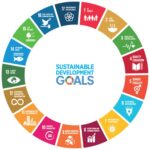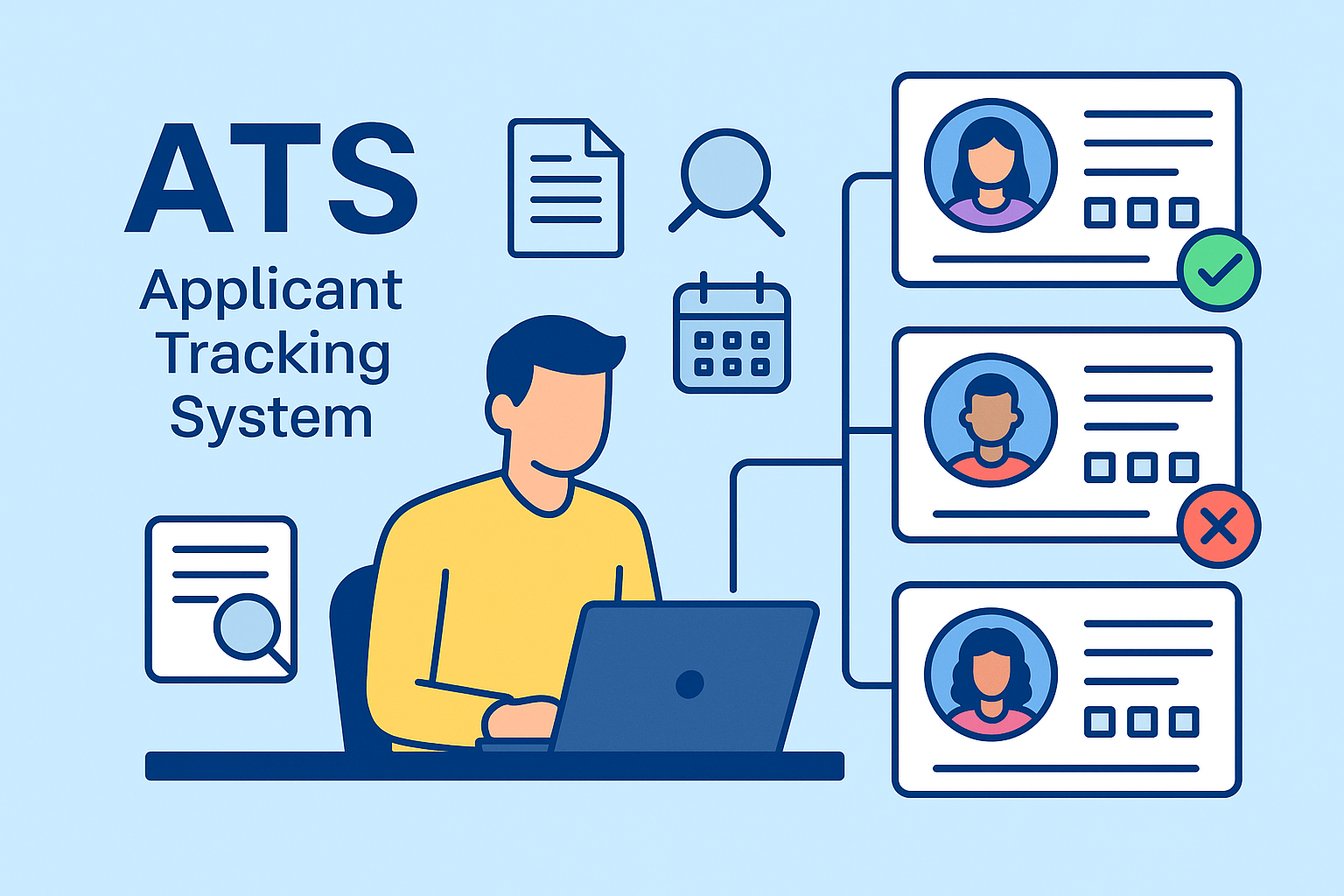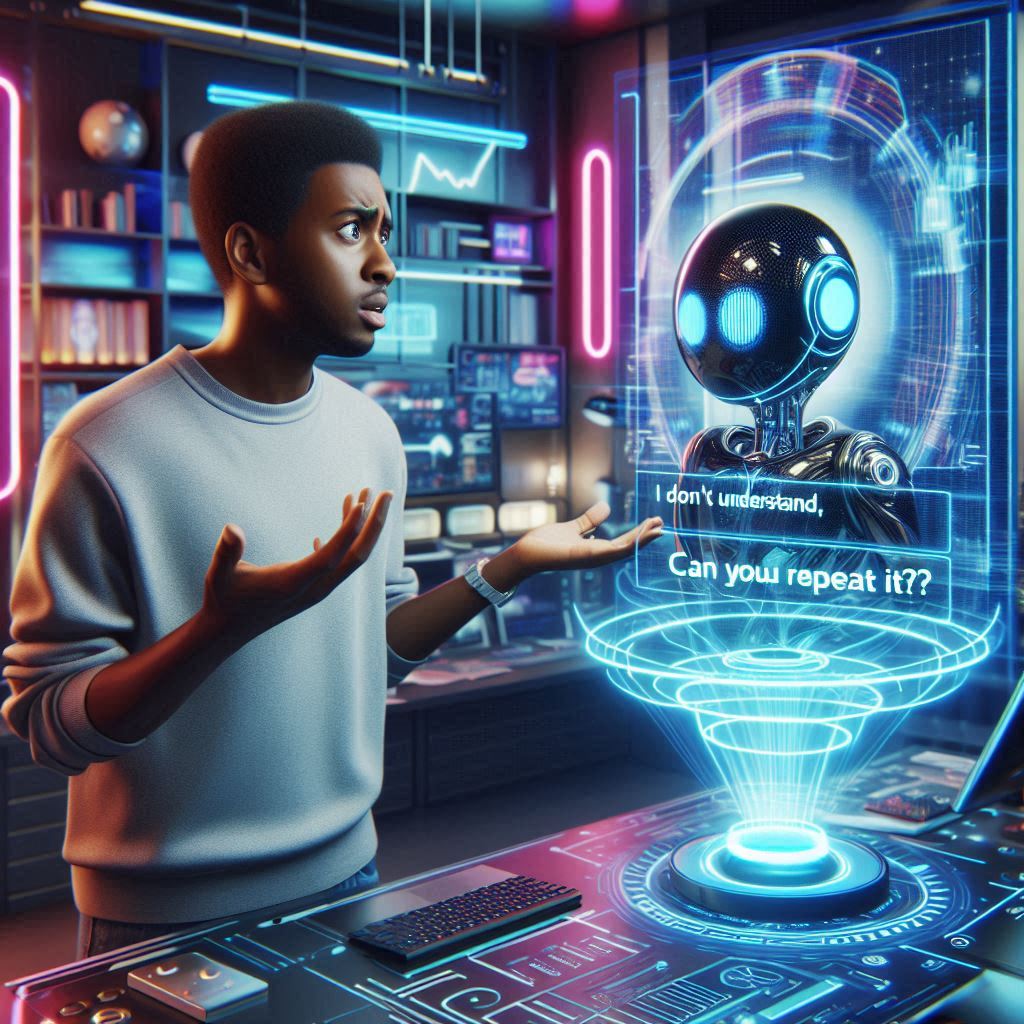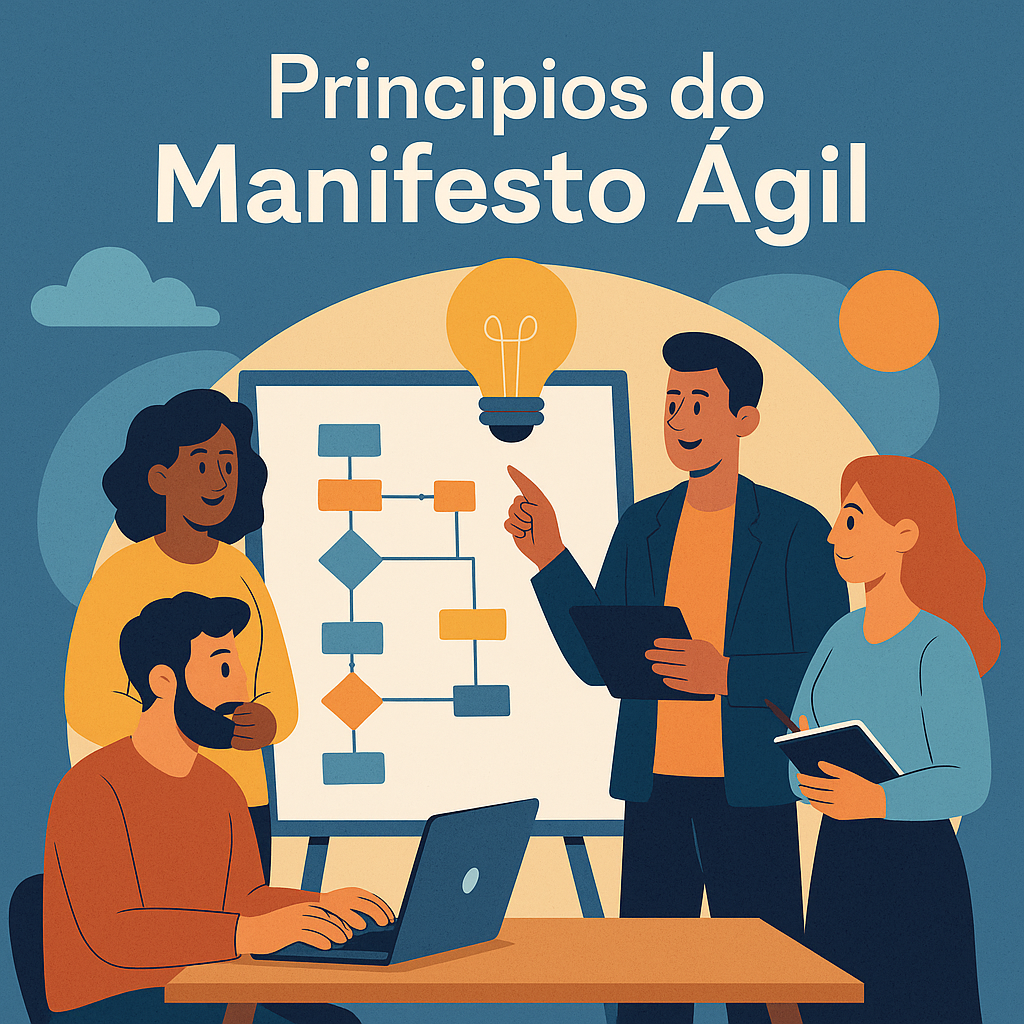Este mês marca uma fase decisiva no meu percurso acadêmico. Com o fim da etapa prática do mestrado em Humanidades Digitais, começo finalmente a escrever minha dissertação: “Gestão Ágil, Inclusão e Autonomia Digital: um estudo aplicado à preservação do patrimônio histórico e cultural.”
O projeto nasce do encontro entre preservação histórica e responsabilidade social. Ele valoriza o acesso ao conhecimento, amplia a autonomia digital de diversas comunidades e reivindica a visibilidade de grupos historicamente marginalizados. Mais do que um trabalho acadêmico, ele pretende ser uma forma concreta de transformação cultural.
Mas o que são, afinal, os Objetivos Globais?
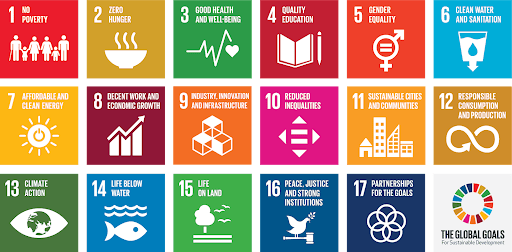
Os 17 Objetivos de Desenvolvimento Sustentável (ODS) foram definidos pela ONU em 2015 como uma agenda para enfrentar os maiores desafios da humanidade — pobreza, desigualdade, educação, sustentabilidade e inclusão. São metas que dialogam entre si e formam um mapa de ação para construir um mundo mais justo e equilibrado até 2030.
Por que alinhar este projeto aos Objetivos Globais?
Porque os ODS oferecem uma lente que amplia o impacto.
Quando falamos de inclusão, acesso ao patrimônio, formação digital, preservação da memória, estamos também falando de:
- justiça social (ODS 10),
- igualdade de gênero (ODS 5),
- educação de qualidade (ODS 4),
- inovação e infraestrutura digital (ODS 9).
Integrar esses princípios transforma a pesquisa em um gesto político e cultural — e reforça o papel da arte e das humanidades na construção de futuros possíveis.
Como saber se um projeto se conecta aos ODS?
Basta observar:
- O propósito — Que problema sociais, culturais ou ambientais ele toca?
- O impacto humano — Quem se beneficia? Quem ganha voz, acesso ou autonomia?
- A sustentabilidade — Ele reduz desigualdades? Amplia conhecimento? Preserva memória?
- A transformação — Ele abre portas? Envolve diálogo, troca e empoderamento?
Projetos que fortalecem o acesso ao conhecimento, ampliam participação social e democratizam a cultura sempre encontrarão eco nos Objetivos Globais.
Com quais ODS meu projeto dialoga?
- ODS 4 – Educação de Qualidade
- ODS 5 – Igualdade de Gênero
- ODS 9 – Inovação e Infraestrutura
- ODS 10 – Redução das Desigualdades
São pilares que sustentam tanto a dissertação quanto minha prática profissional e artística.
Que tipos de iniciativas podem nascer disso?
- Plataformas digitais inclusivas para difusão cultural
- Oficinas de autonomia digital voltadas a mulheres e minorias
- Reconstruções virtuais e imersivas de espaços históricos
- Pesquisas que recuperam narrativas invisibilizadas
- Projetos de acessibilidade digital para museus
Cada uma dessas ações é um convite à transformação — e todas dialogam com os ODS.
Um convite
Recomendo que você também observe seus próprios projetos através dos Objetivos Globais.
Às vezes, sem perceber, já estamos contribuindo para algo muito maior.
Reconhecer essa contribuição é o primeiro passo para ampliá-la.
O futuro é construído pelas nossas escolhas — e cada gesto conta.



